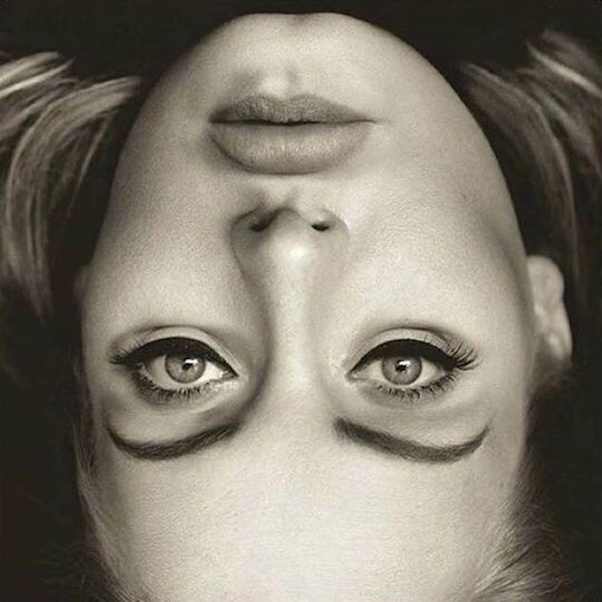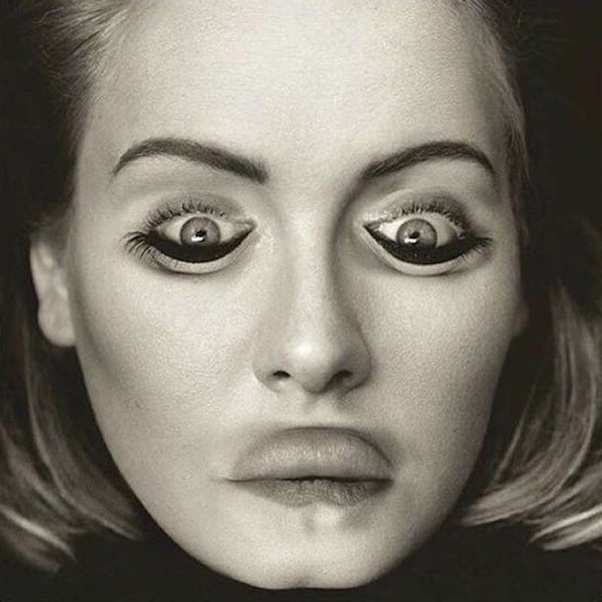A mind-bending image of Adele has taken the internet by storm, with fans struggling to make sense of a strange optical illusion known as the Thatcher Effect. This psychological trick makes it nearly impossible to detect distorted facial features in an upside-down image—until the image is flipped upright, revealing the eerie truth.

Adele singing on stage, Photo Credit: adele/Instagram
What Is the Thatcher Effect?
Named after former British Prime Minister Margaret Thatcher, the illusion was first documented in 1980 by Professor Peter Thompson at the University of York. Initially, researchers thought it only applied to Thatcher’s face, but over time, they realized it works with almost any photograph.
Now, Adele’s image is the latest to showcase this bizarre phenomenon.
In the viral photo, the singer’s face appears upside down, and while something seems slightly "off," it’s difficult to pinpoint exactly what. That’s the trick—the eyes and mouth in the image remain right-side up, making it look relatively normal. However, the moment the photo is flipped upright, the unsettling distortions become glaringly obvious.

Adele singing on stage, Photo Credit: adele/Instagram
Cue the internet meltdown.
Social Media Reacts to the Creepy Illusion
This isn't the first time the Thatcher Effect has taken social media by storm. Clinical psychologist Dr. Julie Smith previously demonstrated the illusion using celebrity faces like Barack Obama and Kanye West, shocking her millions of TikTok followers.
Her viral video encouraged viewers to physically flip their phones to reveal the unsettling reality—an effect that left people both fascinated and disturbed. The post gathered millions of views and over 68,000 comments, proving just how much this optical trick fascinates the public.

Optical Illusion of Adele's upside down photo, Photo Credit: Brian Roemmele/X
With Adele’s face now serving as the newest viral example, fans flooded social media with reactions. One X user wrote, "This just broke my brain." Another joked, "Adele, but make it nightmare fuel."
The Science Behind the Optical Trick
So why does this happen? It all comes down to how the brain processes faces. Human brains have specialized cognitive systems designed to recognize upright faces by focusing on the spatial relationships between features, such as the distance between the eyes and the mouth.
But when a face is turned upside down, these processes don’t function as well, making it harder to detect abnormalities—like flipped eyes or an inverted mouth. That’s why the illusion tricks the brain so effectively.
More Than Just a Social Media Trend
While this effect has taken off online, it’s also an important tool in scientific and neurological research. Experts use it to study face perception, cognitive development, and visual processing in the brain.
Major outlets like The Guardian and BBC have covered the Thatcher Effect before, and with Adele’s image now in the spotlight, the illusion continues to captivate audiences worldwide.
